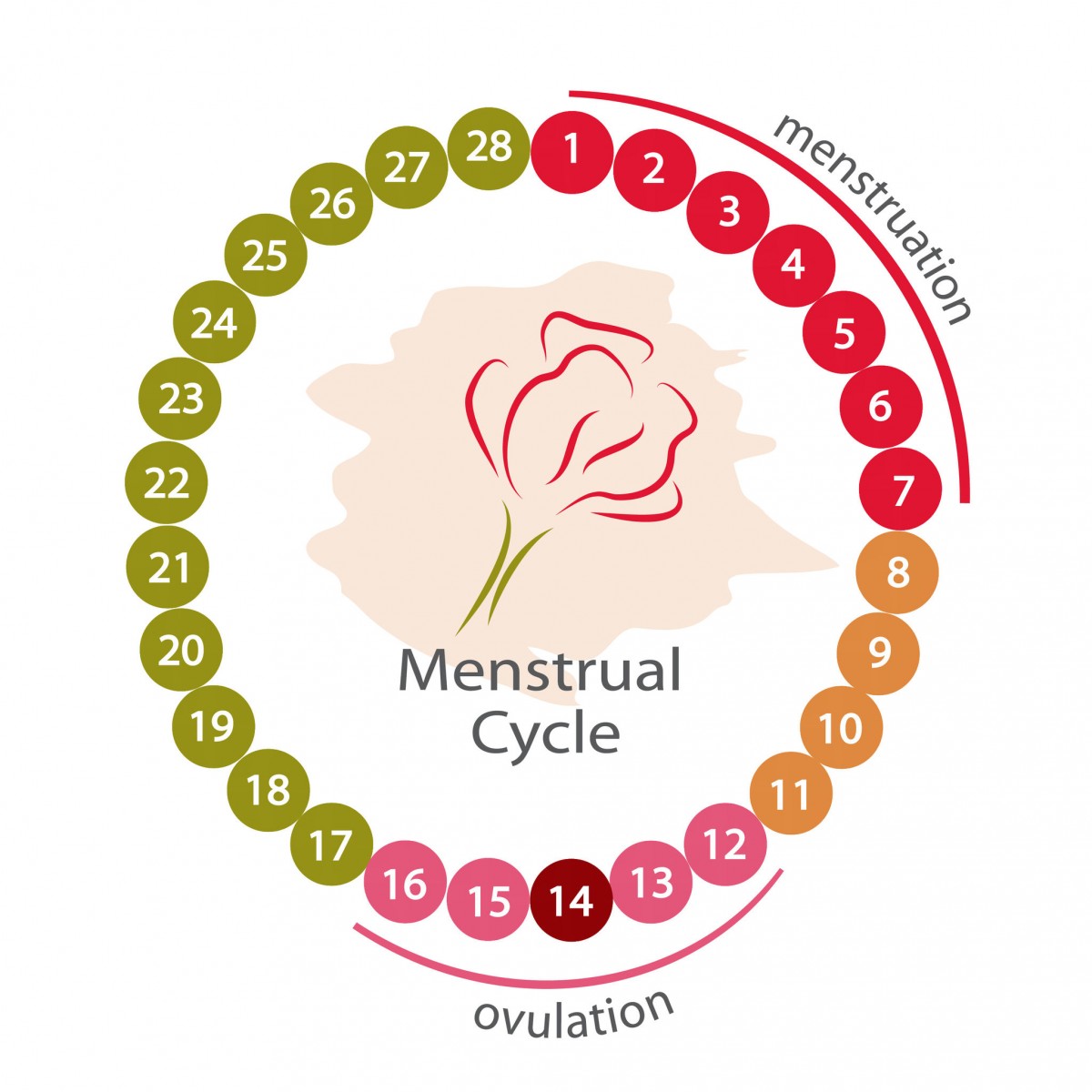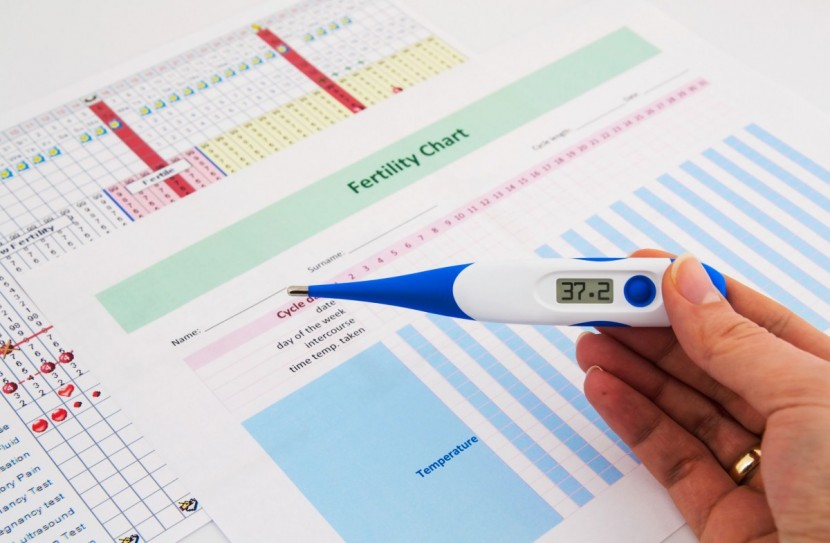If you are trying to get pregnant, you'll need to know when you ovulate. While tracking your menstrual cycle can help you narrow it down to one or two days, it can't tell you when the magic is actually happening. Luckily, modern technology has a few over-the-counter options that can give you more details and help you pinpoint the ovulation zone with greater precision.
The most accurate devices detect a surge of Luteinizing hormone (LH). These devices, like the Clearblue Digital Ovulation Test or the more expensive Clearblue Fertility Monitor, test your urine for LH and give you positive results if ovulation is detected. These tests can result in false positives if you suffer from Polycystic ovary syndrome (PCOS) or menopause/peri-menopause. Otherwise, they should be an excellent predictor of when you are ovulating. If you suffer from any of these conditions, it is best to check with your doctor on the best way for you to detect ovulation.
Other ovulation detection options are tracking your basal body temperature with a Basal Body Thermometer, which looks for a rise that indicates ovulation. A less accurate but economical option could be checking your saliva for ferning that can tell you when you are close to ovulation. You can test your saliva with a handheld microscope device, like the Fertile Focus Ovulation Microscope, with a small stage where you can view your dried saliva. If you are close to ovulation, your dried saliva will look fern-like when viewed through the magnifier. This test is reusable, which makes it a budget-friendly option.
Whether you choose an alternative ovulation detection method or merely count the days, having sex frequently around the time of suspected ovulation will significantly increase your chances of getting pregnant. Because sperm has a 5-day lifespan, it can theoretically wait for the egg to appear for fertilization.
Reference Sources
- Mayo Clinic - Getting Pregnant
- WedMD - Pregnancy and Conception
- American Pregnancy - Understanding Ovulation




